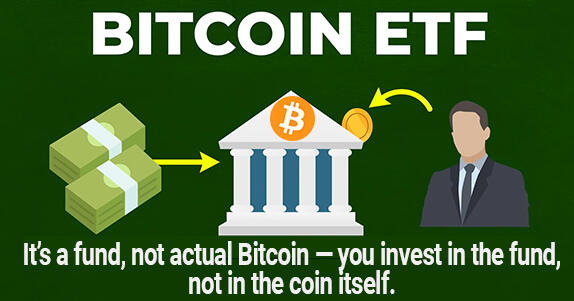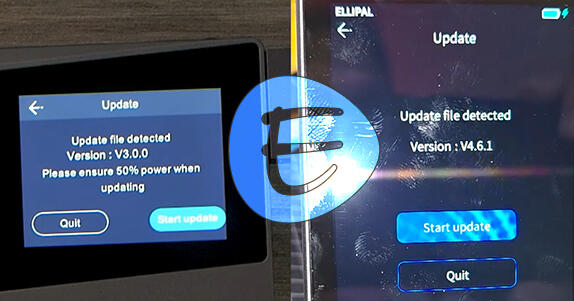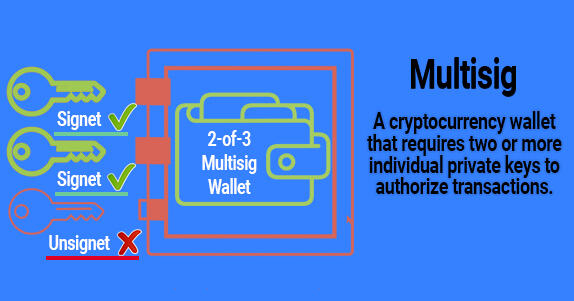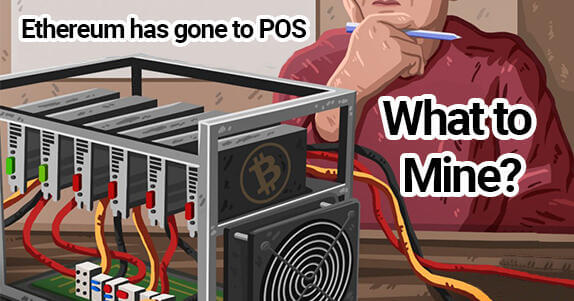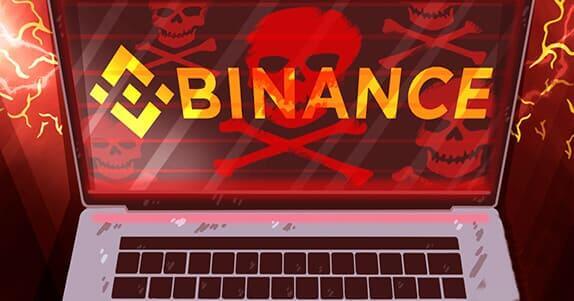Ethereum
Useful links
Date of the auction | Price $ | Trading volume | Course changes - 24
What is Ethereum?
Any worthwhile guide should start with a definition. Ether in ancient Greece was called the upper layer of the atmosphere, and in chemistry, this is how some classes of chemical compounds are designated.
But what is ether in the world of cryptocurrencies? Ethereum is a form of digital money that is mainly used on the Ethereum platform. Ether can be sent to friends via the Internet quite quickly-usually for a much lower fee than other altcoins.
Cryptocurrency ether can be compared with cash. Imagine that you sent a friend $ 5-and they immediately came to the account without the participation of third parties. The same thing would happen if you sent him 1 ETH-unless your friend would be much happier, since now this coin is worth more than $2 thousand.
The main purpose of ether is not only transactions of digital assets, but also support for the operation of the Ethereum blockchain. This network is the basis of many decentralized applications, which are called by one general term — dApps. dApps serve to create more effective alternatives to the technologies that we use every day.
Whenever transactions are made in the Ethereum blockchain and operations are closed, the user is charged a commission in the ether cryptocurrency.
Who created Ethereum?
The second most popular cryptocurrency was created by a Canadian programmer of Russian origin, Vitalik Buterin.
He learned about cryptocurrencies and blockchain about two years after the launch of bitcoin. Buterin attracted several other specialists as co-founders of his own currency, and in the summer of 2014, the first sale of ETH tokens took place. As a result, about $18 million was collected.
History of the Ether course
Let's see how much Ethereum costs now and how the value of the cryptocurrency has changed since its network started working in July 2015-about a year after the sale of tokens. When the hype around ETH started to cool down a little, the price of the coin was basically $ 1 or so.
In 2016, the first significant growth of the exchange rate began. The price of ETH for six months soared from about $ 0.95 (as of January 1) to $20.59 dollars (June 16) — an increase of about 2060%. Later, the ETH exchange rate corrected, and the coin was trading at about $7-8 until the end of the year.
None of the investors had any idea that the cryptocurrency boom was just around the corner.
Starting in 2017, the ether began its victorious march upward from a modest level of $8.33. On December 20, 1 ETH cost $868 dollars — 10,320% more than at the beginning of the year. But this was far from the end. After a brief descent to $675, ETH almost doubled its value and rose to $1,432. 88 by January 13, 2018.
After that, the cryptocurrency hype ended, and by December 2018, ETH was already trading below $100. However, there were also periods when the ether was again trading above $200. In June 2019, the altcoin was even trading above $320. This was largely due to the fact that some large companies, including Microsoft, Amazon and JPMorgan, began to develop projects on the Ethereum network.
In 2020, a new rise in the market began. On May 11, 2021, the ether cryptocurrency reached its peak value — $4,168. After that, the market began to sink again. ETH is currently trading around $2,180.
The difference between Ethereum and Bitcoin
Bitcoin, as well as ether, is an anonymous decentralized payment system.
The main purpose of the bitcoin blockchain is to record all transactions of the network, starting with the very first one.
The main goal of the ether is to provide a decentralized platform for application developers, the ability to conclude smart contracts.
Advantages:
- Creating an entire platform with many functions (smart contracts, application development, etc.)
- Smart contracts that can protect you when working financially with people you don't know.
- The Ethereum wallet allows you to securely store coins, both of the ether itself and other cryptocurrencies created using the Ethash algorithm
How to Mine?
Mining is no longer supported. The coin is now obtained through staking.
Where is the Best Place to Store?
The safest and most reliable option is a cold Ethereum wallet. However, note that syncing this wallet may take about a month, even on a powerful computer.
Ethereum also has a second wallet that does not require syncing—just download it to your computer and install it like a regular program. This wallet is also quite secure but has a slight disadvantage: higher fees compared to the syncing wallet.
You can also use an online wallet, but this method is less secure since online servers can be hacked, and all your coins could be stolen.
Another option is hardware wallets. A hardware wallet is a special USB device that stores your Ethereum. You need to insert it into a computer (or mobile device, tablet, etc.) when buying or selling Ethereum.
The last and most common option is storing coins on an exchange. It is worth noting that cases of exchanges shutting down or being hacked have not been rare throughout cryptocurrency history. Yes, this is the easiest and most convenient way to hold Ethereum, but it is likely the least secure.
Forecast
Ethereum is gaining tremendous popularity among all other coins. It ranks 2nd in market capitalization, after Bitcoin.
The main factor behind its immense popularity is the innovative product it offers—smart contracts.
So, what drives Ethereum's growth?
- Smart contracts
- Positive news
- High interest
- Many exchanges now accept Ethereum for purchasing other altcoins. Not long ago, altcoins could only be purchased with Bitcoin.
- Massive promotion by Ethereum developers
All of the above contribute to Ethereum's growth.
Now, let's examine what causes its decline:
- Negative news surrounding cryptocurrencies
- Government bans on cryptocurrencies
- Decline in purchasing altcoins through Ethereum







